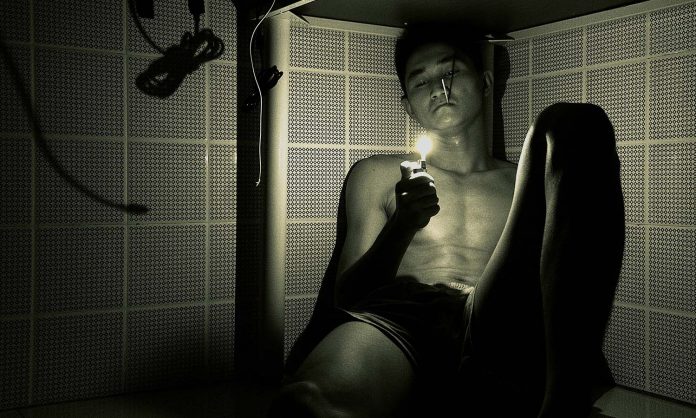Writers are frequently advised to ensure their protagonists are active – driving the action, fighting to reach a goal, exercising their ability to choose. But do protagonists always have to be active? In real life, things happen to us and sometimes we have to ride a wave and make decisions based on the demands before us, not based on our own goals and desires. Can fiction reflect that reality?
In a post on Writer Unboxed, Donald Maass talks about characters who aren’t in the driver’s seat. “It’s a human condition to be oppressed, wandering, lost, stuck or even imprisoned,” Maass writes. “People don’t always make things happen; things happen to them.”
But how do writers portray characters to whom things happen – who don’t drive the action – without making them seem weak? Maass says writers have to focus on the character’s spirit. “For fiction writers, a passive protagonist doesn’t have a commanding position in the story world but does have an inner light that says that this character is alive, aware, unbroken, strong inside and seeing,” he explains. “A passive protagonist might be helpless but is not hopeless. A passive protagonist may not be marching toward battle but nevertheless is on a journey to someplace better.”
That strength is reflected in how the character responds to difficulty or setbacks, what they do when confronted with a mystery, and how they survive bad situations. Maass identifies a number of passive, but strong-willed and commanding, protagonists, including Holden Caulfied in Catcher in the Rye, Celie in The Color Purple, and Arthur Dent in The Hitchhiker’s Guide to the Galaxy.
“Passive protagonists are, in their way, actually quite active,” Maass concludes. “In the majority of such novels, the passive protagonist later on winds up doing things—or at least going through things—that alter their state. Passive protagonists aren’t stuck in suffering. They move forward, seeking.”












